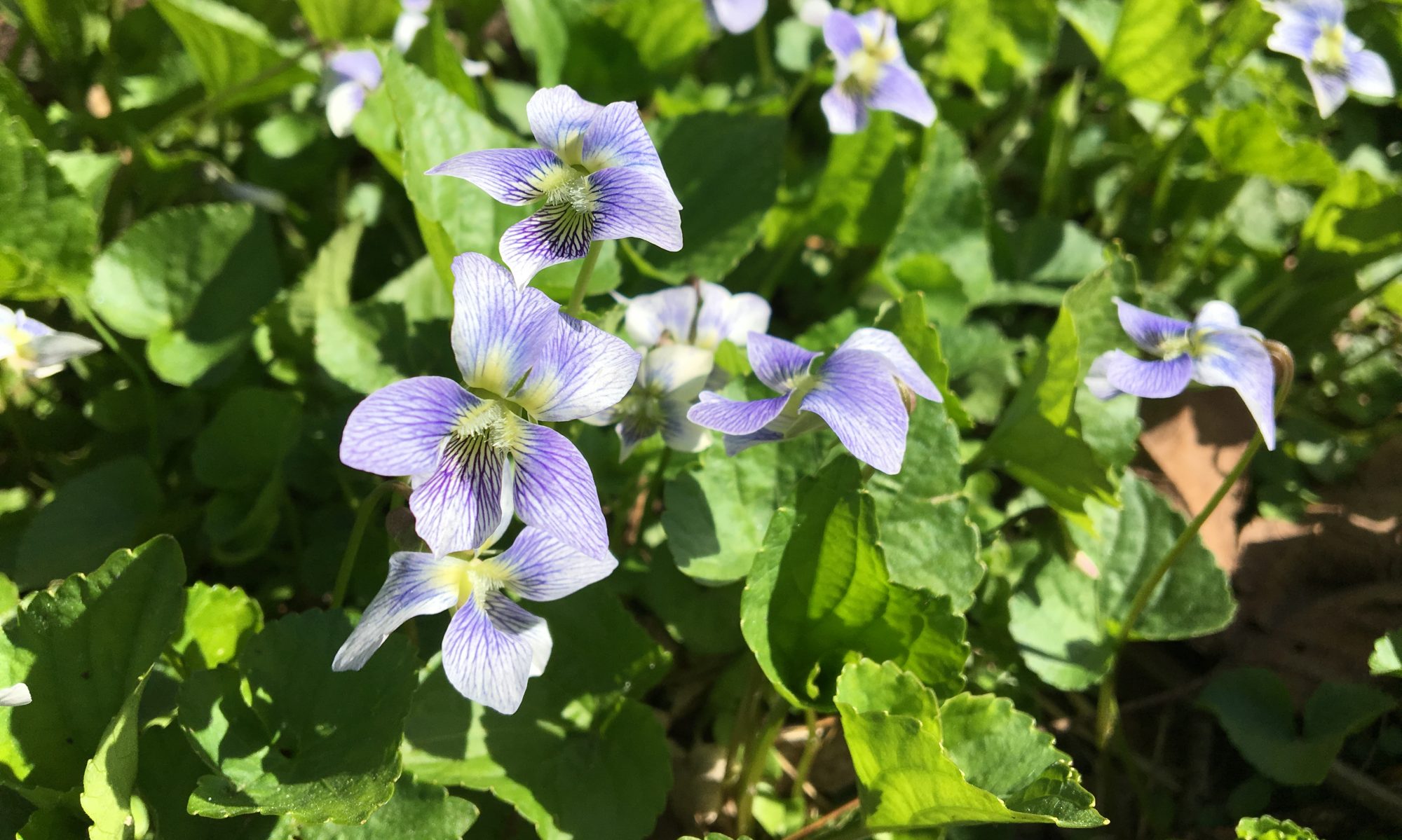The Ornamental Garden:
• Prune woody plants to remove any dead, weak, diseased or crossing branches.
• Trim back Russian Sage and Butterfly Bushes to a height of 6” – 8”.
• Prune yews (Taxus) in late March. Cut back to green shoots. Yews can be pruned back as much as half.
• Control Iris Borer by cleaning up and destroying the old foliage before new growth appears.
• Prune late-flowering and large-flowered clematis now. Prune early-flowering clematis after they bloom.
• Prune trees before they break dormancy and begin to leaf out.
• Prune shrubs that bloom after June 15th now. Spring-flowering shrubs should be pruned right after they bloom.
• Rake leaves and debris from the lawn. Consider re-seeding areas that were damaged during the winter.
The Edible Garden:
• Plant onions in late March.
• Plant potatoes as soon as the soil can be worked.
• Till vegetable beds once the soil dries out. Test the moisture content by picking up a clump of soil. If it forms a ball then let it dry several more days and retest. If the soil crumbles, it is ready to till. The soil structure can be damaged if you dig while it is too wet. Once the soil is dry work in compost to enrich the soil.
• Clean up all dead debris from last year’s vegetables to reduce the risk of disease.
• Prune grapevines for shape and to promote new growth.
• Plan your vegetable garden and plan to rotate crops such as tomatoes and other crops that are prone to leaf disease.
• Direct-sow lettuce and radish seeds in late March.
The Indoor Garden:
• Repot your houseplants when one of the following things happens: The plant needs constant watering. Roots are growing on the surface of the soil. Water sits on the surface of the soil too long after watering. Plants in a multiple-plant pot are too crowded or need different kinds of care. Soil has turned to a brick. There is a white crusty salt build-up in the soil or many roots are coming out of the holes in the pot.
• Begin fertilizing plants and increasing watering as new growth appears.
• Look for insect damage and destroy affected plants.
• Repot plants that will need additional room to grow during the upcoming season.
• Cacti and succulents will flower more readily if slightly pot-bound.
